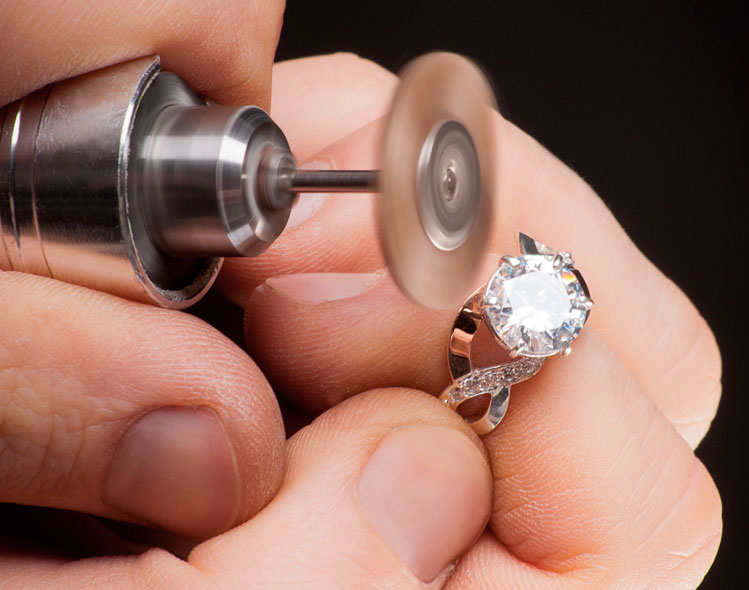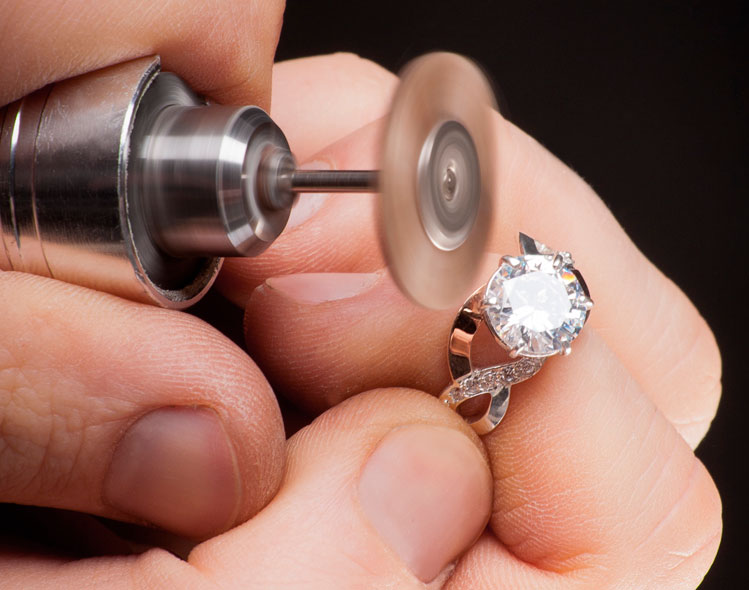“Restoring Radiance: A Comprehensive Guide to Jewelry Repair”
Jewelry, with its timeless beauty and sentimental value, can sometimes require a little TLC to retain its radiance. Whether it’s a cherished family heirloom or a beloved engagement ring, jewelry repair is the key to reviving its allure. In this comprehensive guide, we delve into the world of jewelry repair, providing you with insights, common repair needs, and tips for finding a skilled jeweler to restore your treasured pieces to their former glory.

1. The Significance of Jewelry Repair
Jewelry repair is a vital process for several reasons:
- Preservation: Repairing damaged jewelry preserves its sentimental and monetary value.
- Wear and Tear: Over time, daily wear can lead to wear and tear, such as loose stones, broken clasps, or bent prongs.
- Restoration: Repair can breathe new life into vintage or antique pieces, restoring their original beauty.
2. Common Jewelry Repair Needs
Understanding the most common repair needs can help you identify when your jewelry requires attention:
- Ring Resizing: Adjusting the size of rings to ensure a comfortable fit.
- Stone Tightening: Securing loose gemstones to prevent loss.
- Prong Repair: Fixing or replacing damaged prongs that hold gemstones in place.
- Chain Repair: Restoring broken or tangled chains.
- Clasp Replacement: Replacing damaged or worn-out clasps.
- Refinishing: Restoring the surface finish of jewelry to remove scratches and marks.
- Replating: Reapplying a thin layer of metal to restore the original appearance.
3. Finding a Skilled Jeweler
Choosing a qualified and experienced jeweler is crucial for successful repairs:
- Recommendations: Ask for recommendations from friends, family, or reputable jewelers.
- Credentials: Look for jewelers with certifications or memberships in professional organizations.
- Portfolio: Review the jeweler’s portfolio to assess their expertise in handling similar repair work.
- Communication: Choose a jeweler who listens to your concerns and provides clear explanations of the repair process.
4. The Repair Process
The jewelry repair process typically includes the following steps:
- Assessment: The jeweler evaluates the piece to identify the repair needs.
- Estimation: You receive a cost estimate for the repair work.
- Approval: After reviewing the estimate, you approve the repair.
- Repair: The jeweler proceeds with the repair, using the necessary techniques and materials.
- Quality Check: The repaired jewelry undergoes a quality check to ensure it meets your expectations.
- Return: Once the repair is complete, you receive your beautifully restored jewelry.
5. Maintaining Your Jewelry
To prevent the need for frequent repairs, practice good jewelry maintenance:
- Regular Cleaning: Clean your jewelry to remove dirt and oils that can lead to damage.
- Safe Storage: Store jewelry in a safe and secure place to prevent tangles and damage.
- Avoid Harsh Chemicals: Keep jewelry away from harsh chemicals, such as chlorine and bleach.
Conclusion: Rediscover the Brilliance
Jewelry repair is a pathway to rediscovering the brilliance and significance of your cherished pieces. Whether it’s a simple resizing or a more complex restoration, skilled jewelers can breathe new life into your jewelry, allowing you to continue wearing and treasuring it for generations to come.

